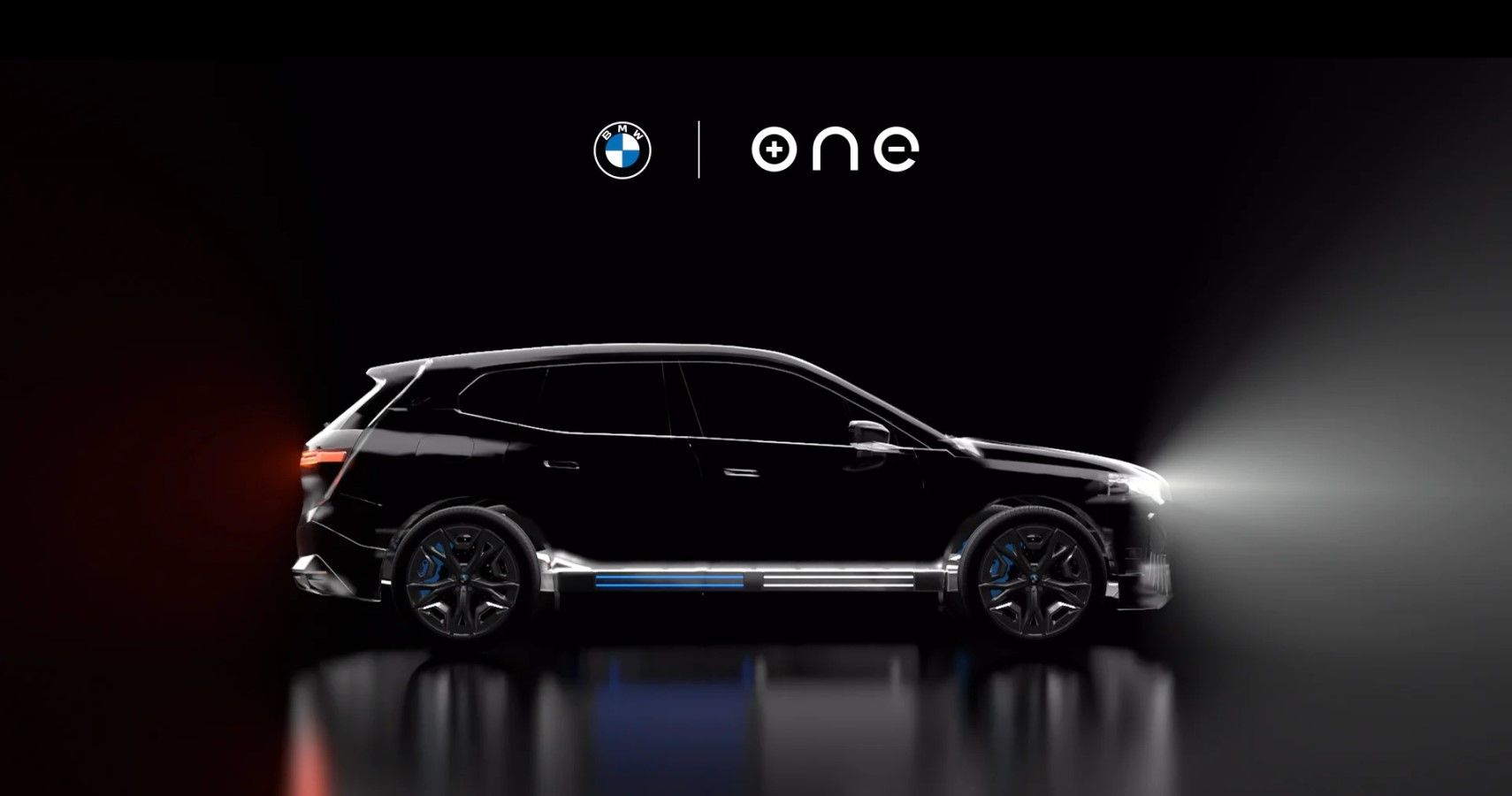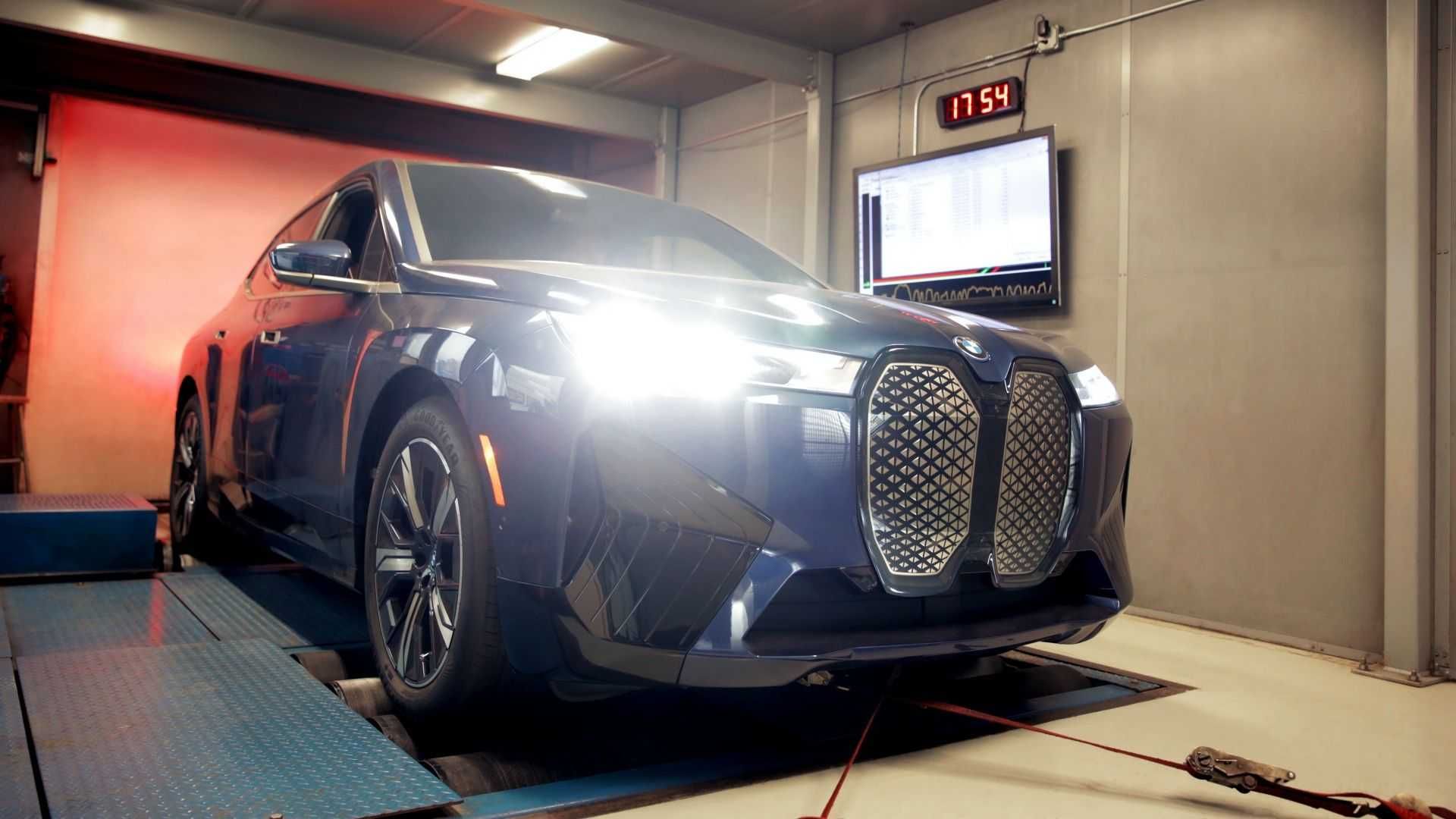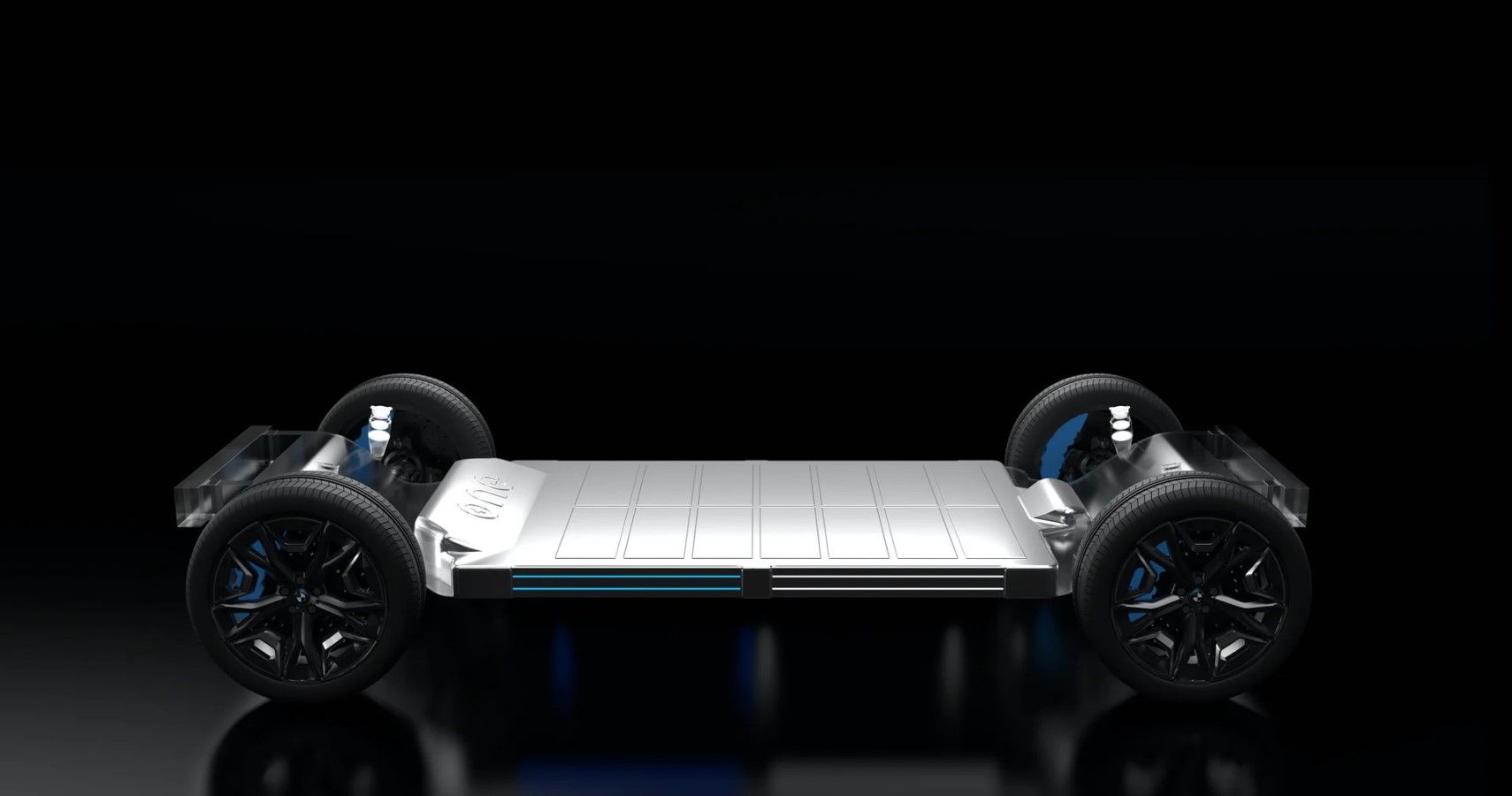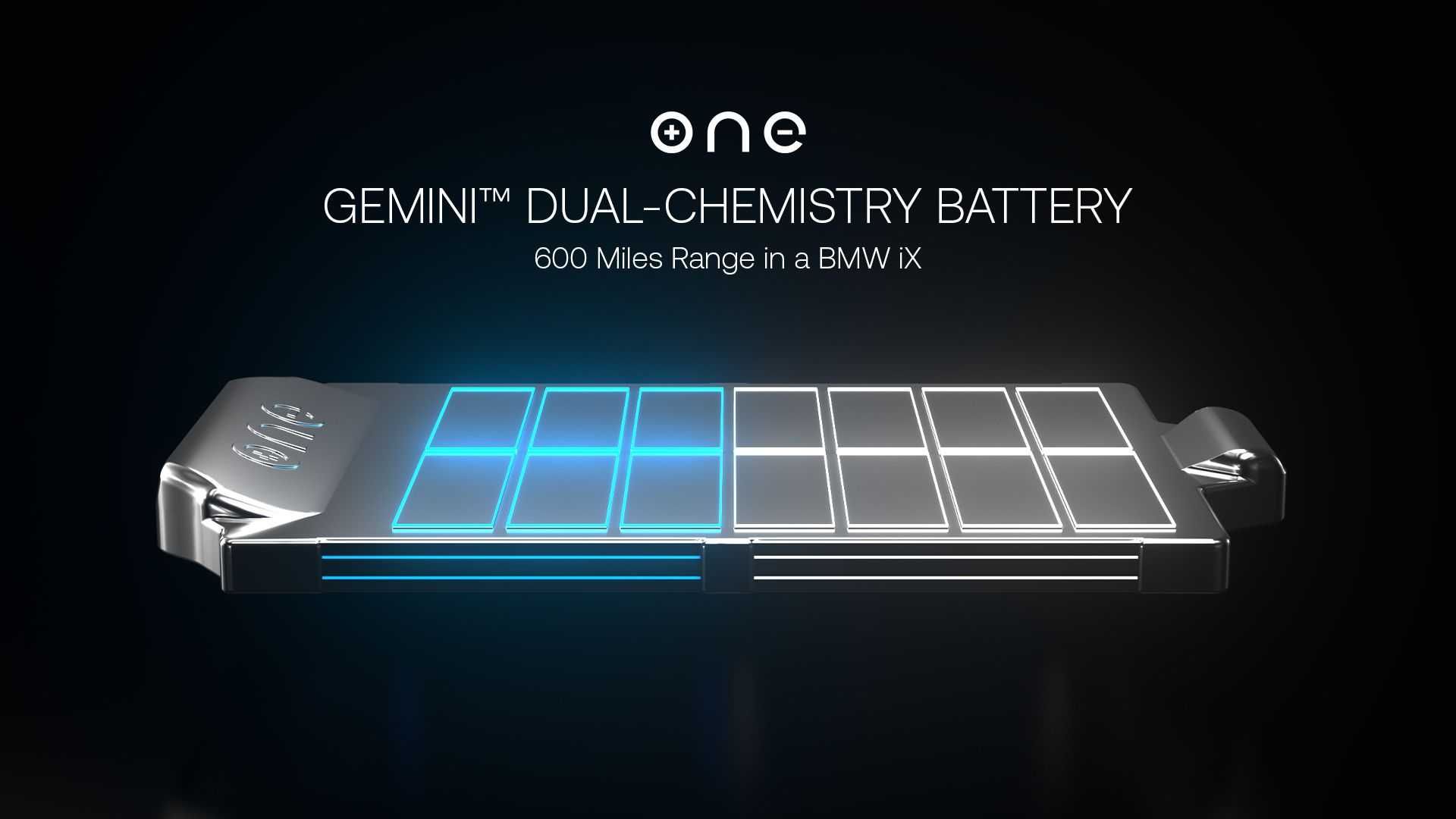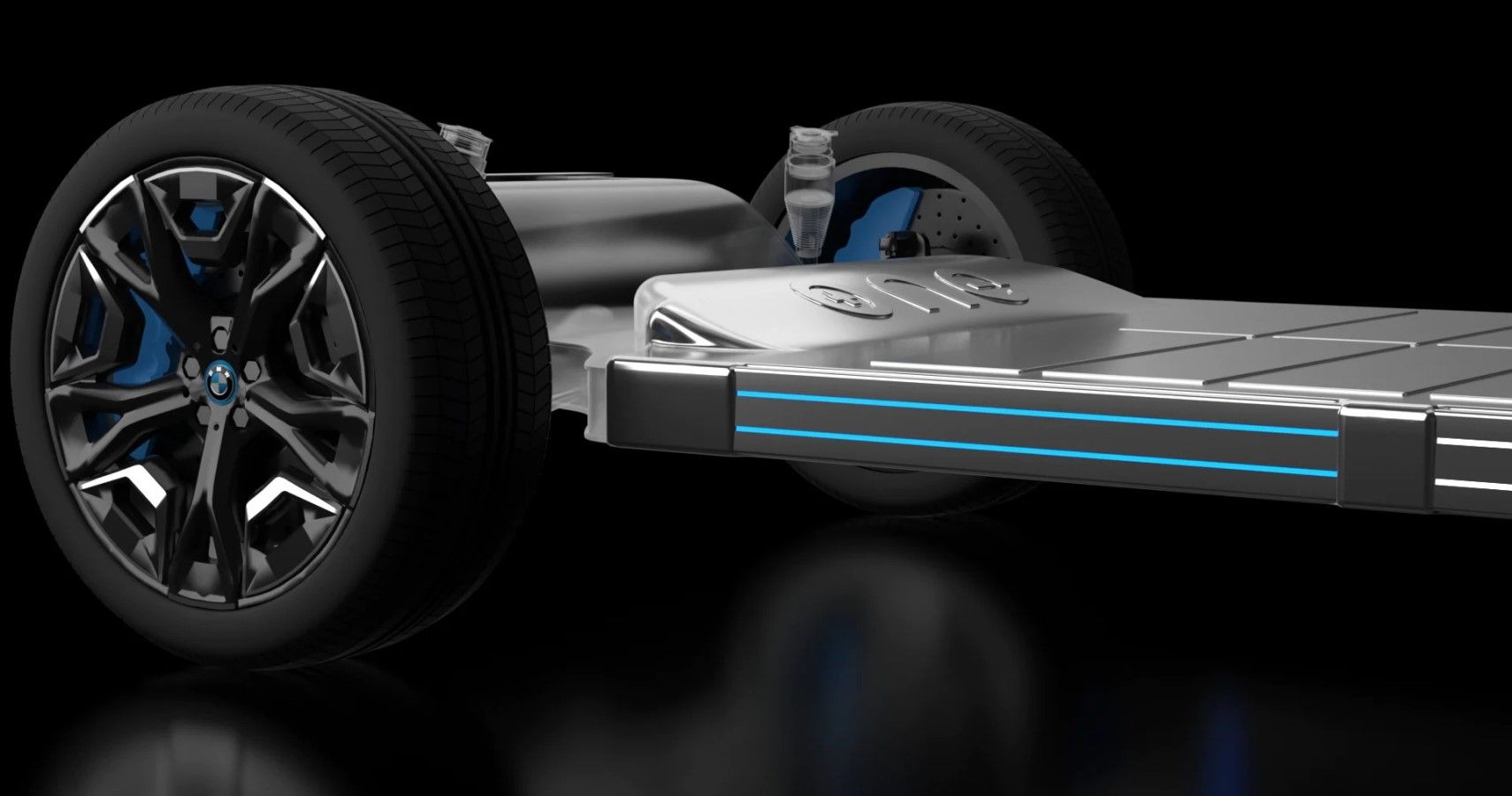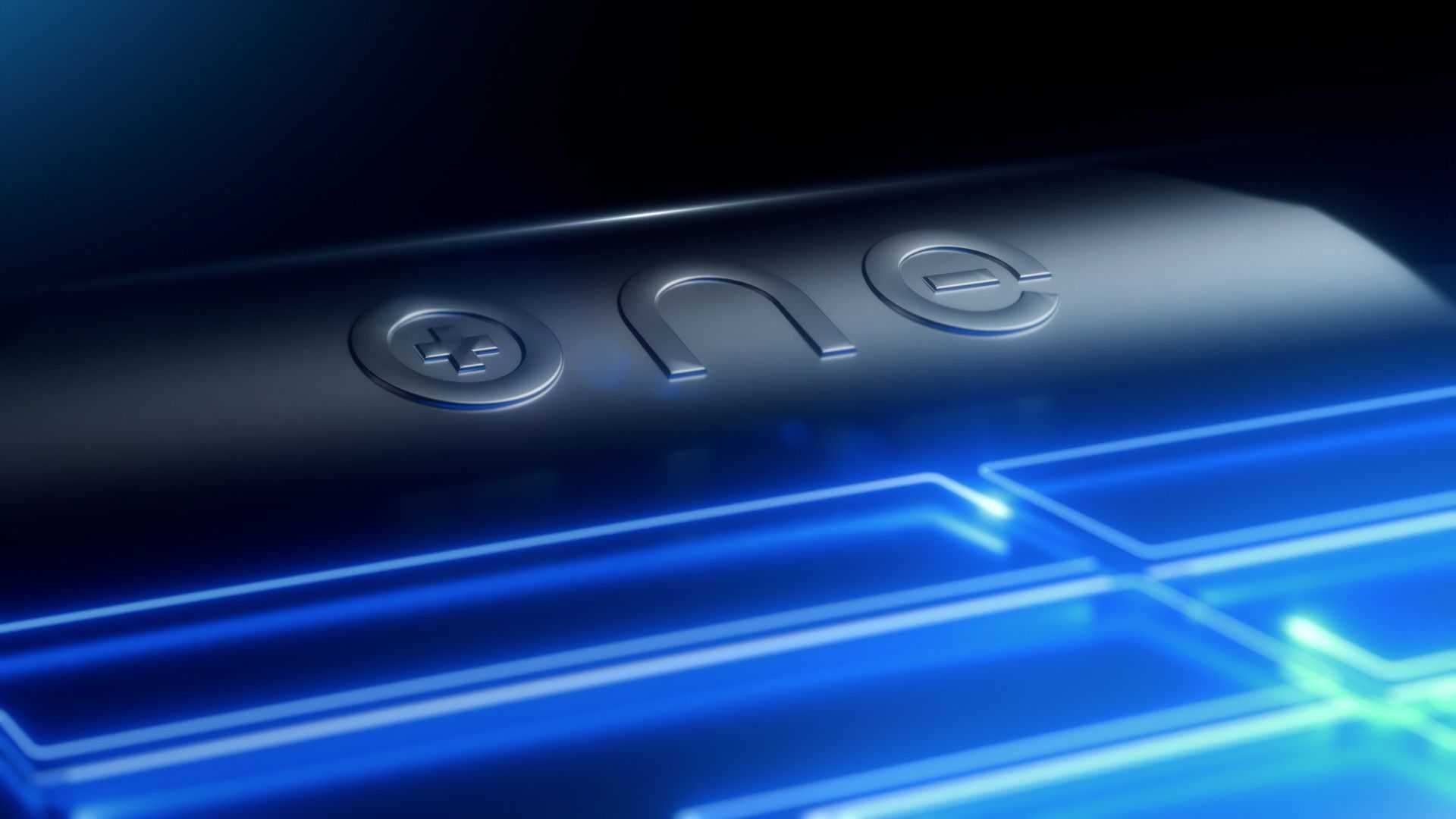In designing electric-car batteries, carmakers have to counteract competing goals. They desire high energy density and long-range performance but also want to reduce the expense of metals. Our Next Energy (one), a Michigan-based battery startup, argues it has a more suitable way of optimizing across all these factors.
BMW will now accommodate a prototype of ONE's Gemini "Dual Chemistry" battery into a test model of its iX EV luxury SUV. Both parties assert that the iX will be available for purchase by the end of the year. This is to verify that the claims of 600 miles range which is nearly twice a stock BMW iX xDrive50's EPA range estimates are accurate in various real-world applications.
Diving Into ONE's Dual-Chemistry Tech In The BMW iX
Dual-Chemistry is a label that ONE's Gemini batteries use to define the blend of two types of battery cells. One will be utilized for power delivery and the other for energy storage. This increases the range and reduces lithium usage by 20% and graphite by 60%. While minimizing nickel and cobalt use, ONE claims.
The "Traction" section contains cells that use a lithium-iron-phosphate (LFP), an electrolyte. This cathode has a lower energy density than chemistries made from cobalt, nickel, or manganese. LFP batteries are uncommon in North America but very common in Chinese EVs. Analysts believe LFP batteries will become more popular as they use cheap iron in their cathode. This is even though it still falls below advanced cobalt-nickel cells.
However, the "Long Range" section of ONE's Gemini batteries is established on a proprietary material rich in manganese and has very little cobalt or nickel. Mujeeb, ONE's CEO and founder, said to Car and Driver that the company is still experimenting with the use of blends of the metals to improve performance. It has only an elemental copper current collector--rather than individual anode material.
This design is known as "anode free" in academic circles. Ijaz stated that the LFP "Traction" cells would cover nearly 99 percent of the vehicle's total miles. The "Long Range" cells are used for the 1 percent of use that requires extreme power. This reduces stress and prevents the cells from deteriorating.
The Future Ahead For BMW And ONE
ONE proclaims it can thus furnish a battery with an energy density of twice that of today's EVs. It also concentrates on battery chemistries that are safer and more sustainable, assembled via a "conflict-free supply chain", which includes reasonable and properly sourced manganese.
A lot of battery chemistries show some assurance in laboratory tests. But far fewer make it to production or extended testing. By the end of the year, the prototype Gemini-powered BMW iX will be on the road. It will be the first to demonstrate the Gemini battery's ability to store and deliver energy.
BMW and ONE will then work together to test further. Ijaz points out that ONE must "work with BMW to understand their requirements" to be a long-term supplier. This is a long and challenging road, but it's one that every battery startup must travel before their products reach the market.
The ONE-powered BMW iX is a milestone for the company. It will power an actual vehicle instead of just showing bench-test results. One or more of the four suppliers that will make the cells for this prototype pack, from North America and Asia, will work with ONE to scale up production and prototyping.
ONE will have a much clearer picture closer to its December press stunt. It earlier had stuffed cells twice as powerful in an experimental Tesla Model S, and it ran the car for more than 750 miles, or twice the normal range. So, surely the iX can run, charge and travel the distances promised. ONE called its Tesla experiment a proof-of-concept.
However, those weren't Gemini cells. The BMW iX, expected to arrive by the end of the year, will probably use very early and experimental versions of ONE's latest cells. If everything goes according to plan, this will be considered definite progress.
ONE Has Other Interesting Products In Its Portfolio
ONE is also marketing Aries, a 79 kWh lithium iron phosphate (LFP) battery pack with a cell-to-pack structure that eliminates the need for battery modules. Chinese battery supplier CATL also promotes a similar design and boasts at several points that it can make packs with mixed chemistry. Established automakers can offer dual-chemistry batteries in future EVs.
Nissan is currently developing its solid-state batteries and doesn't rule out the possibility of combining them with other types. General Motors has noted that the advanced wireless battery management system integrated into its Ultium tech will enable easy swapping out more energy-dense chemicals or adapting to new cells and possibly mixed chemistries.
Although Tesla has not yet publicly tested dual-chemistry packs in vehicles, it is selling LFP-cell cars in the United States and cars using its old chemistries. LFP cells can be charged to 100% daily, a benefit many Tesla buyers have found.
Sources: ONE Energy Storage, BMW

